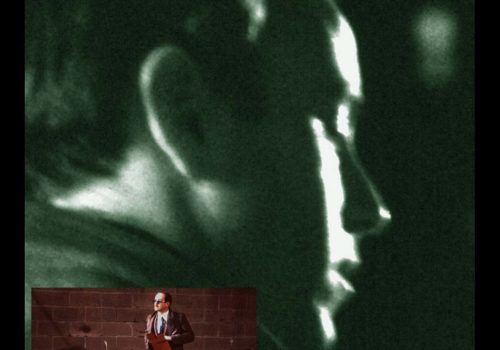Behind Union City: The Making of an Independent Film Published by Ziggurat Books International, London & Paris
When I photographed the making of the film Union City, it was the start of my career as a commercial photographer, after 10 years of struggling as a fine art photographer and teacher. Among my students were Nan Goldin and Philip-Lorca diCorcia, both of whom became friends. The era of “concern” photography was coming to an end. Marcus Reichert gave me total freedom on the set of his film. I could take as many pictures as I wanted just as long as I didn’t interfere with the filming ─ what joy! If this hadn’t been an indie film I wouldn’t have been allowed on the set ─ I wasn’t a union photographer.
The first day on the set, I went directly to the make-up room to meet the actors and actresses. It was pandemonium inside the little room, but the film was being shot entirely on one floor of an old apartment building and it was the only space available ─ so the actors came and went as was necessary. It was jammed, one could hardly move. I managed to squeeze in and worked at a precarious angle the beautiful woman being made over at that moment. I assumed she must be the “star.” I introduced myself as the still photographer on the film and she told me she was the leading lady. She generously allowed me to photograph her as she was being made over. I later photographed her in her “period” make-up as you can see in the image reproduced. For some reason, I thought this beautiful woman must have some other career, that she wasn’t simply an actress. I asked who she was and what else she did besides acting. At that instant, the room went silent. All eyes were on me. I had no idea what I had said. The beautiful lady replied, my name is Deborah and I also sing. I said great, and that I would like to hear her sing sometime. She said she would invite me to her next performance.
I was shooting with a 3 Canon F1 with motor drive, and my favorite lenses: 35 mm, 85 mm, and 200 mm. The film I used was Fuji tungsten 160 rated at 320 ISO. Because I didn’t use a blimp (sound proof cover), I couldn’t photograph during the actual filming. I had to work before or after each take, which was a problem for the actors and actresses who were often exhausted after the intensity of their performances. It was also a problem for the grips and gaffers who wanted me to get out of their way so they could break down the set-up or start a new one.
I tried to use as much existing lighting as possible ─ I didn’t have the luxury of time. Occasionally, I turned off some lights. I find that since I’m working from one point of view I can do with less light, sometime too much light gets in the way. I have a joke about a photographer friend of mine. I call him the “available light photographer” because he uses every light that is available to him.
Behind Union City: The Making of an Independent Film
Photographs by Amos Chan
Texts by Deborah Harry, Marcus Reichert, Amos Chan
ISBN 9780956657961
146 pages in colour
178 pages
Paperback 25 x 20 cm
£36.00 / $56.00 / €45.00
















